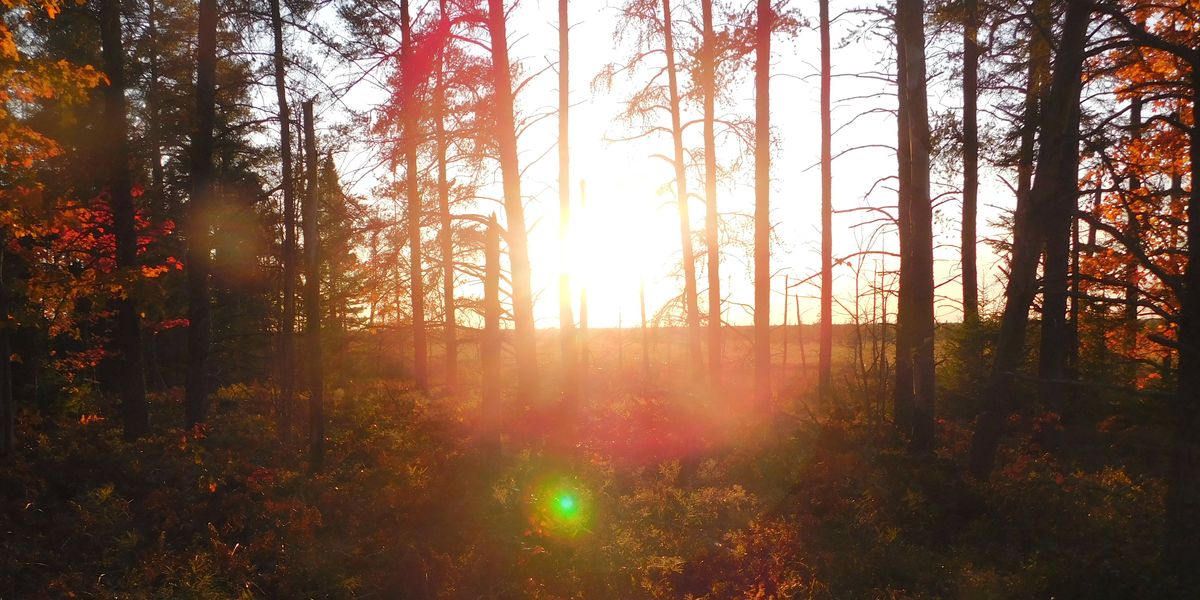
Climate change is erasing Indigenous languages along with biodiversity
A warming world isn’t just changing landscapes—it’s stripping away words. The Sámi people of northern Scandinavia, whose language holds an intricate vocabulary for snow and reindeer, are watching their words vanish alongside their environment.
Julia Webster Ayuso reports for NOĒMA.
In short:
- As the Arctic warms nearly four times faster than the rest of the planet, reindeer herders struggle with shifting landscapes that make traditional Sámi terms obsolete. Words describing snow, grazing conditions and reindeer behaviors are disappearing as these conditions become rare.
- Scientists see a global pattern: where biodiversity declines, so do languages. Many Indigenous languages hold ecological knowledge, and when communities are forced from their land, that knowledge fades.
- UNESCO classifies all nine Sámi languages as endangered. Sweden and Finland have cut funding for language preservation, accelerating the loss.
Key quote:
“There are constructions in the Sámi languages that give a precise description of how to use the land, what to do in certain conditions, what reindeer need, and also what not to do, in order to maintain the ecosystems."
— Lars Miguel Utsi, former Sámi Parliament vice president
Why this matters:
Across the world, Indigenous languages are disappearing at an alarming rate, often in lockstep with the destruction of the ecosystems they describe.
Read more: Colonialism, the climate crisis, and the need to center Indigenous voices














